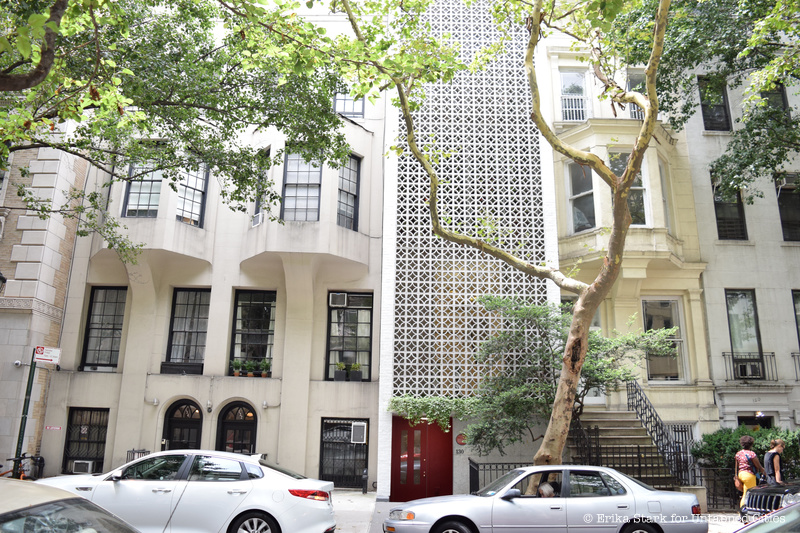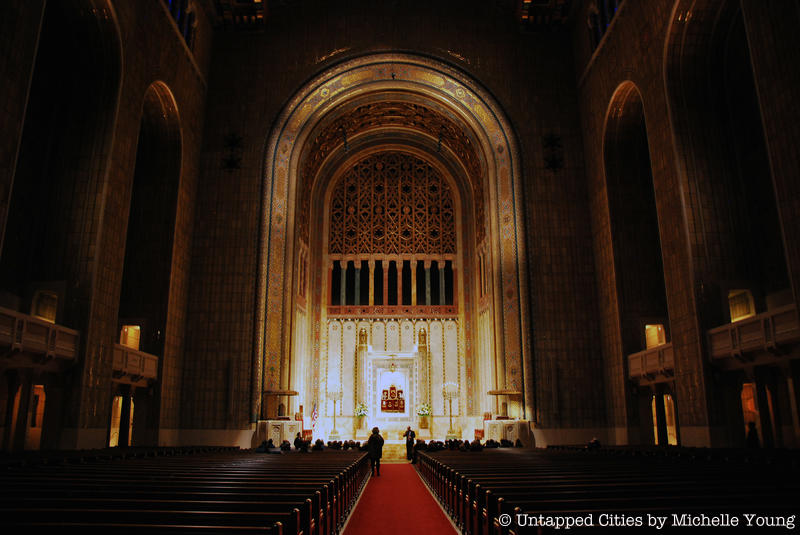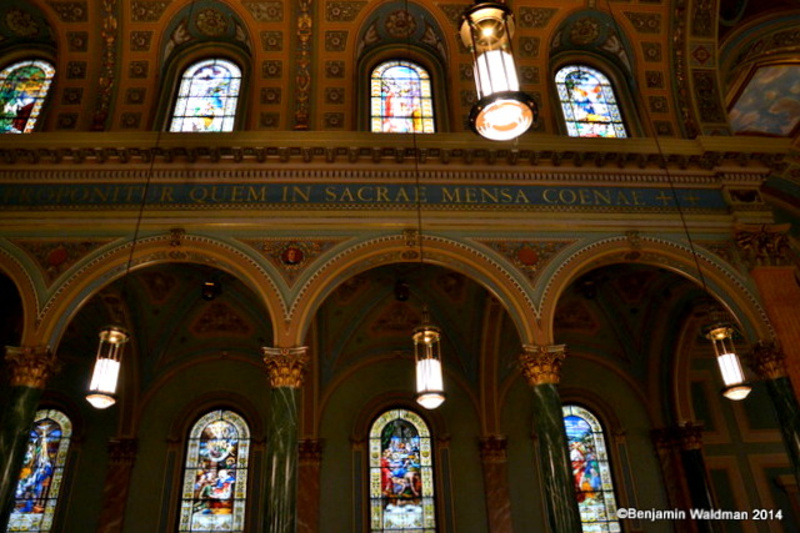
Although the Upper East Side has had reputation of possessing an elitist air of finery and glamour over the course of New York’s history, it has been welcoming a more diverse group of folks over the last few years, attracted by lowering real estate prices.
Encompassing the entire East Side of Manhattan (from Central Park to the East River) and between 59th and and 96th streets, the Upper East Side covers a little more than its fair share of Manhattan. While the different colors of these blocks might hide in the shadows of New York City (and world) staples such as Museum Mile along Fifth Avenue or the host of expensive, internationally recognized eateries and shops, the Upper East Side is a tapestry woven of many different threads – not just spun gold. From hole-in-the-wall hobby shops and German butcheries, to world-famous bars and churches, the Upper East Side is full of hidden gems, both historical and contemporary, worth a trip weaving through the 250 blocks.
Here are 22 of the some of the most must-visit places the Upper East Side has to offer.
Historical Sites
Temple Emanu-El

The Upper East Side is home to Temple Emanu-El, the largest Reform temple in the world and one of the largest of any Jewish denomination. The roots of Temple Emanu-El can be traced back to 1845, when a small group of 33 German-Jewish immigrants held the temple’s first reform service in a second floor loft at the corner of Grand and Clinton Street on the Lower East Side. Throughout the 19th century as more German-Jewish immigrants flowed into New York City, the congregation relocated four more times until it finally settled in its current location at Fifth Avenue and 65th Street in 1929, which it constructed after merging with Temple Beth-El two years earlier.
Still hailed as one of largest and most beautiful synagogues in the world, Temple Emanu-El can seat 2,500 people in its main sanctuary, which measures 103 feet high and 100 feet wide. Even more impressive is the fact that the synagogue’s architectural steel frame, designed by architectural firm Kohn, Butler & Stein, allows the enormous hall to stand pillar free. With 60 stained glass windows, a multihued ceiling that’s hand painted and gilded, and the largest synagogue organ in the world featuring over 10,000 pipes, Temple Emanu-El is one building that every New Yorker should have on their radar.
Gracie Mansion

Gracie Mansion was originally built in 1799 by merchant Archibald Gracie, and was acquired by the city of New York in 1896. That same year Gracie Mansion was incorporated into the 11-acre Carl Schurz Park where it still stands today. For nearly 50 years under the ownership of New York City, Gracie Mansion was used for a variety of odd functions including a concession stand, restrooms for the park, and classes for immigrants. Then, in 1923 it became the first home to the Museum of the City of New York. It served as the museum’s space until January 11, 1932 when the institution relocated to its Fifth Avenue building. After that, the NYC Department of Parks converted it into a historic house museum. Then in 1942, Gracie Mansion assumed its current role as home to the mayor of New York with Mayor La Guardia as its first mayoral resident.
As such a historical and diversely used space, naturally Gracie Mansion has quite the list of quirks and intriguing stories– many of which involve Archibald’s business partner: Alexander Hamilton. In fact, during one business meeting on the porch of Gracie Mansion, Hamilton along with other members of the Federalist Party founded the New-York Evening Post– the paper which would eventually become the New York Post. Gracie Manison is also connected to Hamilton’s demise as well. After his infamous duel with Aaron Burr, Hamilton was brought to the Bayard House of a prominent Anglican family on Jane Street in the West Village. It was in that house in front of the fireplace the fatally injured Hamilton spent his last moments before dying the next day on July 12th. The fireplace was installed in Gracie Mansion’s ballroom in 1966.
Today, visitors can still see the sights of these historical events through the Gracie Mansion Tours, as well as all the work that’s been done and contributions that have been to the home since. Among one of the more notable is “Windows on the City: Looking Out at Gracie’s New York,”: a permanent art installation added to Gracie Mansion in 2015 by Mayor Bill de Blasio. The installation is filled with pieces of art from the Gracie Mansion construction time period “to create a more historically accurate picture of life in New York City during the time of Gracie Mansion’s construction,” including The Gradual Emancipation Act. On the horizon for Gracie Mansion is the ambiguous, but none-the-less, upcoming plans by the The Gracie Mansion Conservancy for the historic home’s 75th anniversary.
For more information on the interesting anecdotes that surround this home, check out our list of Gracie Mansion secrets.
Jean Baptiste Catholic Church

Another Upper East Side historical relic is yet another religious beauty: the St. Jean Baptiste Catholic Church. Located on Lexington Avenue, between 75th and 76th Streets, St. Jean Baptiste Catholic Church was founded in the 1840s by French Catholics in New York and they brought some remarkable stained glass windows with them from Chartres, France. To this day, it is the only Catholic Church with Chartres windows in New York City. The building was designed a New York City landmark in 1969.
Among the other breathtaking Renaissance architectural details of the church are the classic Renaissance-style dome, arches and fluted pilasters, three naves, and the twin towers surmounting the facade. The Church’s facade was supposed to contain an “imposing Arch-of-Triumph portico, supported by four gigantic columns, and an impressive approach of church-wide steps,” according to the official Jean Baptiste website. However, the widening of Lexington Avenue resulted in its removal.





